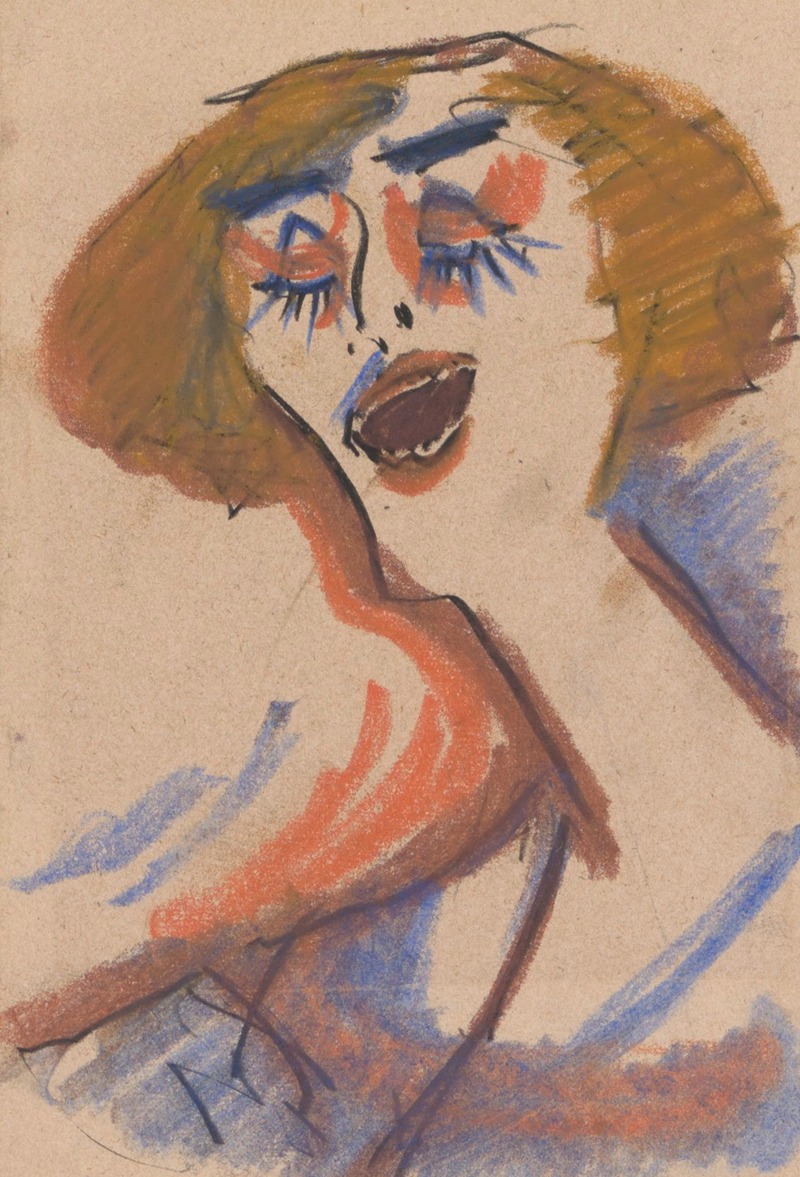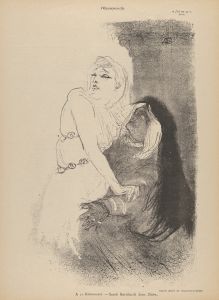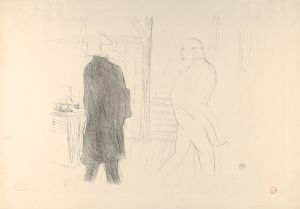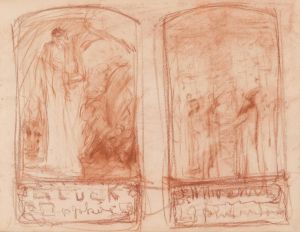
Cabaret Singer
A hand-painted replica of Jules Schmalzigaug’s masterpiece Cabaret Singer, meticulously crafted by professional artists to capture the true essence of the original. Each piece is created with museum-quality canvas and rare mineral pigments, carefully painted by experienced artists with delicate brushstrokes and rich, layered colors to perfectly recreate the texture of the original artwork. Unlike machine-printed reproductions, this hand-painted version brings the painting to life, infused with the artist’s emotions and skill in every stroke. Whether for personal collection or home decoration, it instantly elevates the artistic atmosphere of any space.
"Cabaret Singer" is a painting by the Belgian artist Jules Schmalzigaug, who was born in 1882 and died in 1917. Schmalzigaug is known for his contributions to the Futurist movement, which originated in Italy in the early 20th century and emphasized themes of modernity, speed, technology, and dynamic movement. Although Schmalzigaug's career was relatively short due to his untimely death, his work remains significant in the context of European avant-garde art.
"Cabaret Singer" exemplifies Schmalzigaug's engagement with the principles of Futurism, particularly in its use of vibrant colors and dynamic composition. The painting captures the lively atmosphere of a cabaret performance, a popular form of entertainment in the early 20th century. Cabarets were venues where music, dance, and theatrical performances were held, often characterized by their bohemian and avant-garde spirit.
In "Cabaret Singer," Schmalzigaug employs bold, swirling lines and a vivid palette to convey the energy and movement of the performer. The use of color and form in the painting reflects the influence of Italian Futurists such as Umberto Boccioni and Giacomo Balla, who sought to depict the dynamism of modern life through their art. Schmalzigaug's technique involves breaking down the figure of the singer into abstract shapes and patterns, creating a sense of rhythm and motion that aligns with the Futurist fascination with depicting movement and the passage of time.
The painting also demonstrates Schmalzigaug's interest in the interplay between light and color. By using contrasting hues and dynamic brushstrokes, he creates a sense of luminosity and vibrancy that enhances the overall effect of the composition. This approach is consistent with the Futurist goal of capturing the essence of modern experiences and sensations.
Jules Schmalzigaug's work, including "Cabaret Singer," is an important part of the broader narrative of early 20th-century art. His contributions to the Futurist movement, though less well-known than those of his Italian counterparts, offer valuable insights into the ways in which artists across Europe were responding to the rapid changes and innovations of their time. Schmalzigaug's paintings are held in various collections, and his legacy continues to be studied by art historians and enthusiasts interested in the development of modern art.
In summary, "Cabaret Singer" by Jules Schmalzigaug is a notable example of Futurist painting that captures the dynamic energy of a cabaret performance through the use of bold colors, abstract forms, and a sense of movement. Schmalzigaug's work reflects the broader themes of the Futurist movement and contributes to our understanding of the artistic responses to modernity in the early 20th century.


















